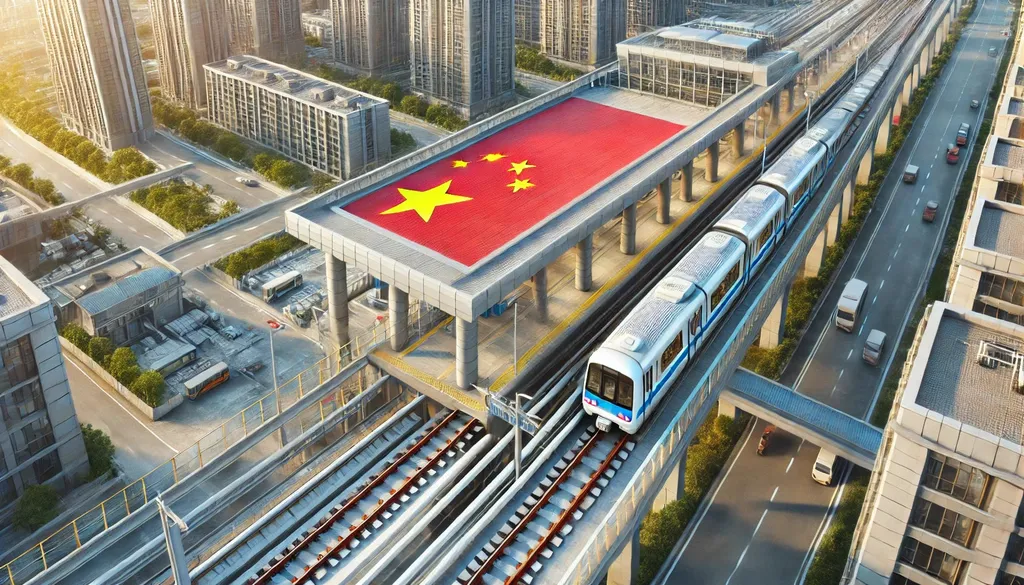In the ever-evolving landscape of urban transportation, medium and low-capacity rail transit systems are carving out a significant niche, according to a recent study published in *Chengshi guidao jiaotong yanjiu*, which translates to *Urban Rail Transit Research*. Led by Zhiqiang Lai from the Shanghai Medium-Capacity Rail Transit Engineering Technology Research Center, the research provides a comprehensive analysis of the operational status and planning data of these systems, offering valuable insights for governments, enterprises, and scholars alike.
The study, which spans data from 1996 to 2024, focuses on seven types of medium and low-capacity rail transit systems as classified by the national standard GB/T 44413-2024. These systems include straddle-type monorails, suspended monorails, electronic guide rubber wheel systems, automatic guide track systems, medium and low-speed maglev systems, and more. The findings reveal that these systems have been performing well, with the straddle-type monorail and electronic guide rubber wheel systems leading in cumulative operating mileage, accounting for 32.1% and 31.39% respectively.
“These systems are not just supplementary; they are becoming integral to our urban transportation networks, especially in scenarios like airport connections and tourism,” Lai explains. The research highlights that the electronic guide rubber wheel system and the automatic guide track system have the largest cumulative number of operational lines, with the latter being widely applied in airport rapid transit scenarios. Meanwhile, suspended monorail systems, medium and low-speed maglev systems, and electronic guided rubber wheel systems have shown remarkable performance in tourism and sightseeing contexts.
The commercial implications of this research are substantial. As cities continue to expand and the demand for efficient, sustainable transportation grows, medium and low-capacity rail transit systems offer a flexible and cost-effective solution. They can be tailored to specific needs, whether it’s connecting airports to city centers or enhancing tourist experiences in scenic areas. This adaptability makes them an attractive option for urban planners and investors looking to diversify their transportation portfolios.
Moreover, the study’s findings could influence future developments in the field. By understanding the strengths and applications of each system, stakeholders can make more informed decisions about where and how to invest. This could lead to more innovative designs and technologies, further enhancing the efficiency and sustainability of urban transportation networks.
As Lai notes, “The future of urban mobility lies in diversity and adaptability. Medium and low-capacity rail transit systems are a crucial part of this future.” With the insights provided by this research, the path forward is clearer, paving the way for smarter, more efficient cities.

